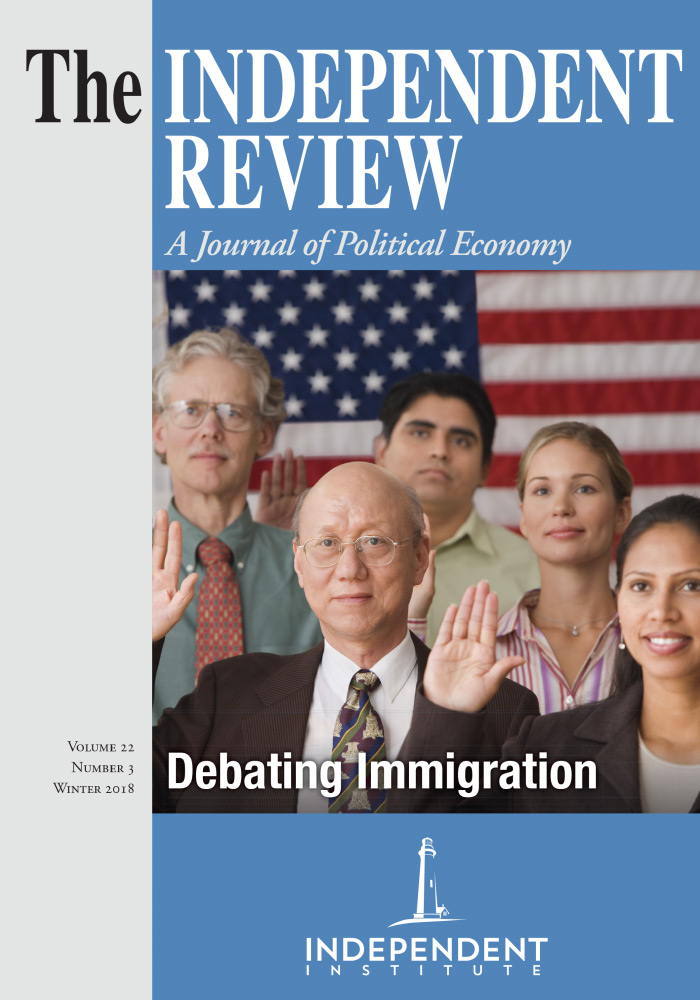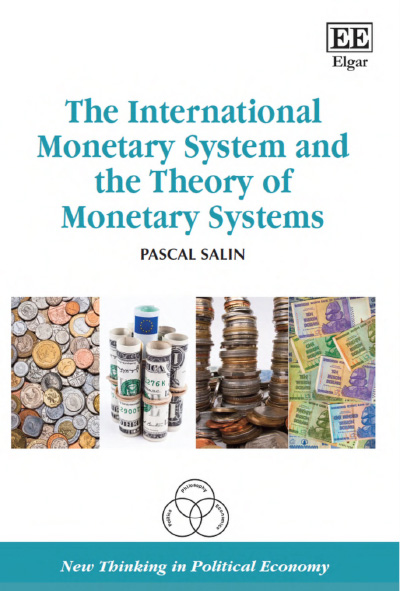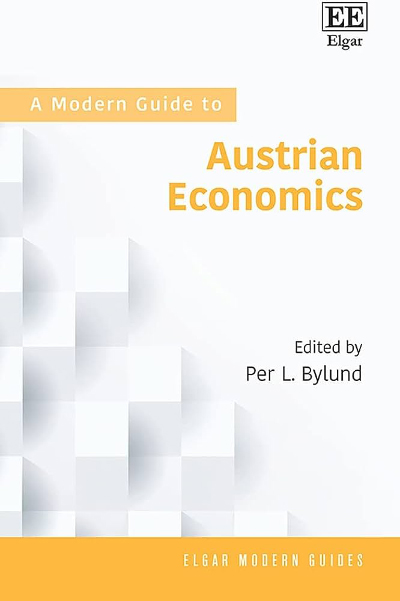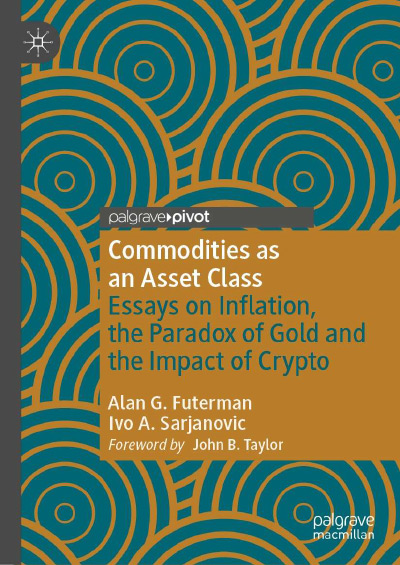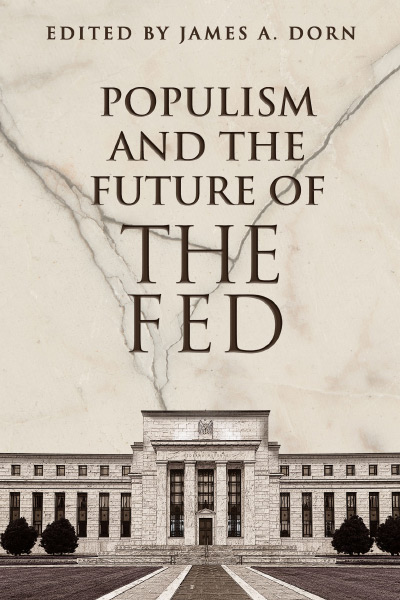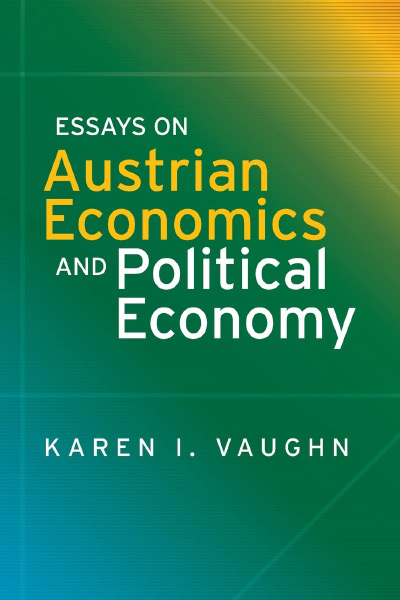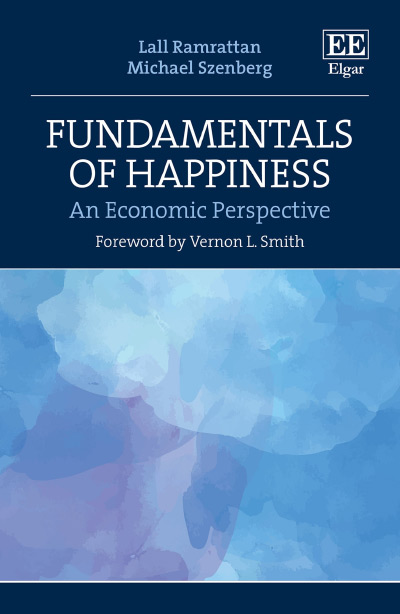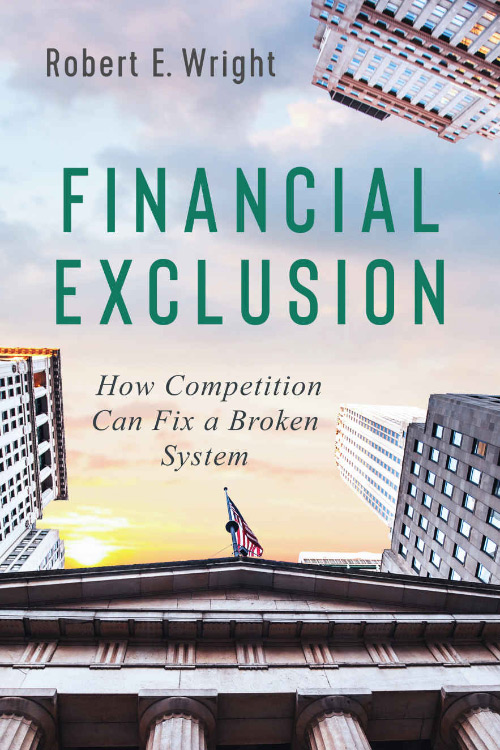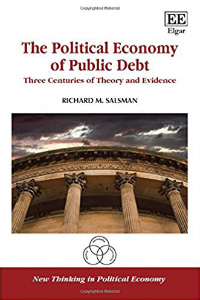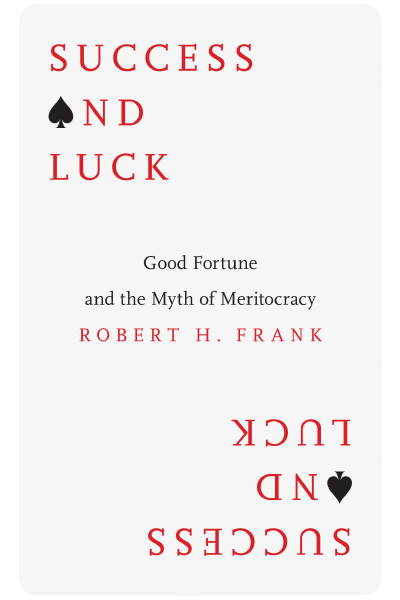Monetary economics and international monetary systems are topics that can be inaccessible to those who have not spent much time studying economics. This difficulty stems from the amount of theoretical knowledge that is necessary to study monetary economics and international monetary systems. Pascal Salin’s book is an important contribution because it represents a successful step in finding a solution to this problem.
Salin begins the book by introducing core theoretical propositions in economics—methodological individualism, exchange, and equilibrium—then he introduces core concepts in monetary theory and international monetary systems—money demand and creation, monetary systems, and exchange rate regimes.
The second part of the book focuses on the balance of payments. Salin begins by analyzing the balance of payments from an accounting perspective. From this perspective, the balance of payments is simply an accounting identity. In other words, expenditures on imports are counterbalanced by the sale of financial instruments, such as bonds., Subsequently, he explores the concept of the balance of payments from an intertemporal perspective, employing an analysis that is similar to that found in most microeconomic textbooks’ treatment of intertemporal exchange. The second part of the book concludes by exploring the implications of the accounting and economic approaches.
The third and largest section of the book contains nine chapters that cover a broad range of topics, including inflation, fixed and floating exchange rates, and monetary approaches to the balance of payments and exchange rate variations. This section contains the core of Salin’s analysis of international monetary systems. The section begins with a discussion of money creation in hierarchical monetary systems and inflation. Next, Salin analyzes the operation of fixed and flexible exchange rate systems. Part three of the volume concludes with an analysis of international monetary equilibrium under fixed exchange rates and the monetary approach to exchange rates.
The last part of the book focuses on monetary problems, though not exclusively. Salin begins by providing an account of the emergence of money, highlighting the spontaneous nature of the emergence of monetary systems. Here, he extends the analysis to the emergence of the types of monetary systems prevalent today, i.e. fiat monetary systems operated by government-sponsored central banks. Salin’s discussion of the process includes an analysis of the political mechanisms through which a decentralized commodity monetary system is transformed into the type of systems we see today. Salin then turns to the task of analyzing the operation of fixed exchange rate systems in a world without an international currency. Here, he explores the issues related to fixed exchange rate regimes, e.g. the loss of monetary policy autonomy, as well as the issues associated with managed floats. The last part of the volume concludes with an analysis of the link between monetary policy and monetary crises, and the challenges facing the monetary integration of Europe.
Salin concludes by briefly discussing potential reforms, including a return to a system of private competitive note issue, i.e., free banking, as well as different monetary rules that may limit the extent to which central banks can exercise discretion over the supply of money. He notes that both of these reforms are unlikely due to the immense amount of opposition they are likely to generate.
The book has several strengths. First, Salin’s approach is thoroughly methodologically individualistic. This approach is a refreshing change to the approach employed by most macroeconomic and international finance textbooks wherein the role of the individual is often obscured. Salin goes to great lengths throughout the book to remind the reader that it is purposive human action that drives the monetary processes he’s describing, both domestically and internationally.
Another strength is that he demonstrates that the range of potential monetary systems is broader than is commonly understood by the layman. For example, Salin distinguishes between hierarchical monetary systems wherein commercial banks hold deposits with a bank that is above them, like a central bank, and non-hierarchical, or decentralized monetary systems wherein no central monetary authority exists. His taxonomy makes clear that alterative monetary systems could, do, and have existed despite the prominence of hierarchical monetary systems. One issue that I would have liked him to address is the role of clearinghouse associations in his hierarchical/non-hierarchical distinction. His taxonomy does not make clear whether such associations constitute a hierarchical system, which is a shortcoming of an otherwise useful discussion.
The book has other shortcomings as well. Despite providing the reader with the theoretical foundation necessary to understand monetary economics and international monetary systems, I suspect that a reader who is not already familiar with economic theory would struggle through a portion of the content. On the other hand, the book is likely too elementary for economists who already work in the field of monetary economics. Consequently, parts of the book occupy a middle ground between being too difficult for non-economists and too basic for most economists.
The organization of the book could also a source of potential confusion for the reader. For example, Salin’s discussion of the evolution of monetary systems is in the section dedicated to exploring monetary problems. It is not clear why such a discussion belongs in this section, nor is it clear why Salin waits until the end of the book to introduce the reader to the process through which payment systems evolve. As another example, rather than including inflation in part one of the book where Salin introduces the reader to the core theoretical propositions of monetary economics, he waits to discuss inflation until part three of the book, which is focused on international monetary equilibrium in modern monetary systems. While inflation plays an important role in this type of analysis, I think it would have been better if he had introduced inflation earlier in the book.
The book could have also benefited from more real world examples and references. Salin notes (p. x) that he has intentionally limited the examples and references included in the text. I can understand the desire to avoid overloading the reader—especially a layperson—with a detailed review of the literature in monetary economics. However, a bibliographic essay at the end of the book would have been a valuable addition for those readers who want to learn more about the concepts Salin presents. Additionally, the topics discussed in the volume can be very abstract, particularly to those readers who have not studied monetary economics in the past. By including more real world examples throughout the text Salin could have concretized many of the concepts discussed in the book.
There are also two important theoretical weaknesses. First, Salin argues that the transition from a commodity system with 100 percent reserves to a commodity system with fractional reserves (p. 188) necessarily causes a one-time increase in prices. It isn’t clear why this transition must cause inflation. Predicting how this change in the money supply would affect prices would require knowledge of the demand for money. If, for example, banks began issuing fractionally-backed banknotes to meet an increase in money demand, then it is possible for prices to either remain constant or even decline depending on the change in the money supply relative to money demand.
The other theoretical weakness is Salin’s discussion of the emergence of mutual par acceptance (pp. 193-196). When banks accept one another’s notes at par, Salin argues, the banks are essentially acting as a cartel. Salin defines a cartel as a system of coordination among firms. My first objection to this argument is that the use of the word cartel in this context fails to clarify the issue of mutual par acceptance given the term’s well-established use in industrial organization. My second, and more fundamental objection is that an explicit agreement among banks to accept one another’s notes at par isn’t necessary for mutual par acceptance to emerge. Competitive pressure alone can make mutual par acceptance the profit maximization option for a bank, even when there is no explicit contractual agreement.
Despite these shortcomings, this book is a valuable contribution to the literature on international monetary systems and monetary economics. The volume would be particularly valuable to those who already have a basic understanding of economic theory that want to learn more about the subjects the book explores. It would also be a valuable supplement to traditional textbooks on international economics, e.g. Robert C. Feenstra and Alan M. Taylor’s International Macroeconomics (New York: Worth Publishers, 2017), because it offers a different and valuable perspective than that found in the traditional treatments of the topic. The volume is also a valuable addition to the literature on free banking and monetary institutions like Lawrence H. White’s The Theory of Monetary Institutions (Malden: Blackwell Publishers, 1999) and George A. Selgin’s The Theory of Free Banking: Money Supply Under Competitive Note Issue (Totowa: Rowman and Littlefield Publishers, 1988) because it extends much of the analysis presented in these two books to the topic of international monetary systems.
I commend Salin for producing a volume that will be a useful resource for those who wish to learn more about monetary economics and international monetary systems.
| Other Independent Review articles by Bryan P. Cutsinger | |
| Winter 2019/20 | Floored: How a Misguided Fed Experiment Deepened and Prolonged the Great Recession |

